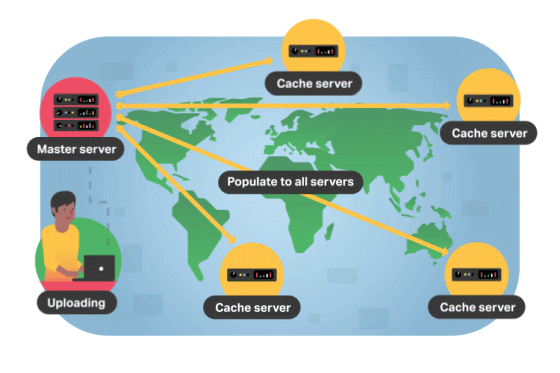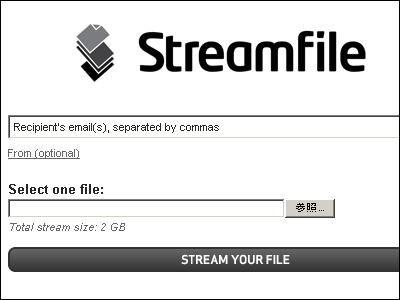What is the technology that realizes smooth distribution of high-quality videos?

Video distribution services such as YouTube and Netflix realize smooth video distribution with few interruptions according to various line speeds. '
HowVideo.works
https://howvideo.works/
◆ HLS
Video streaming services such as YouTube and Netflix use a protocol called ' HTTP Live Streaming (HLS) ' for streaming distribution. HLS divides one video into multiple small segments and manages them serially as videos with the extension '.ts' such as 001.ts, 002.ts .... This allows the user to play a portion of the video without downloading the entire video.
In addition, HLS allows you to combine multiple quality videos such as 1080p, 720p and 360p into one. This allows the video player to play videos of the right quality in response to changes in line speed, allowing the video to play uninterrupted even in unstable line speed situations.

As mentioned above, since HLS divides a video into multiple segments, there are multiple files called 'rendition manifests' that tell the video player the location of each segment. In addition, there is a 'master manifest' that has information such as 'relative path of each rendition manifest', '
◆ DASH
Similar to HLS, there is ' Dynamic Adaptive Streaming over HTTP (DASH) ' as a protocol that divides a video into multiple segments and distributes it. The basic mechanism of DASH is the same as HLS, but DASH does not have the information to convey the position of the segment like the rendition manifest. Instead, DASH tells the video player a value called a 'Segment Template' that tells the video player how to calculate the position of each segment.
According to Mux, the biggest advantage of both HLS and DASH is that 'each segment is delivered via HTTP '. HTTP is a standard protocol for communicating over the Internet, and various technologies have been developed to improve communication efficiency, and facilities for handling HTTP are available all over the world. Therefore, no new capital investment is required to handle HLS / DASH.
◆ CDN
One of the technologies that streamlines HTTP communication is the content delivery network (CDN), which caches content stored on servers on multiple servers. In communication without a CDN, if multiple users access one content, the delivery of the content will be delayed. However, via a CDN, content is cached on multiple servers, enabling smooth content delivery.

In addition, the longer the communication distance, the slower the response speed, but the existence of a CDN cache in each region can fill the geographical distance between the content distributor and the user. Mux said, 'The difference in communication speed caused by geographical distance is about several hundred milliseconds. However, if the loading of content is delayed even for hundreds of milliseconds, the user loses interest in the content,' said Mux. He argues that delivery time should be as short as possible.

◆ Video distribution
When the video is uploaded to the video streaming service server, the video file is cached from the server to the CDN. When a user accesses a video, the video is moved from the CDN to the Internet Service Provider (ISP) . Communication such as 'server to CDN' and 'CDN to IPS' is said to be performed via a dedicated high-speed line. These facilities are deployed all over the world for HTTP communication, and are also useful for smooth video distribution using communication protocols such as HLS and DASH.
Related Posts:
in Software, Web Service, Posted by log1o_hf







